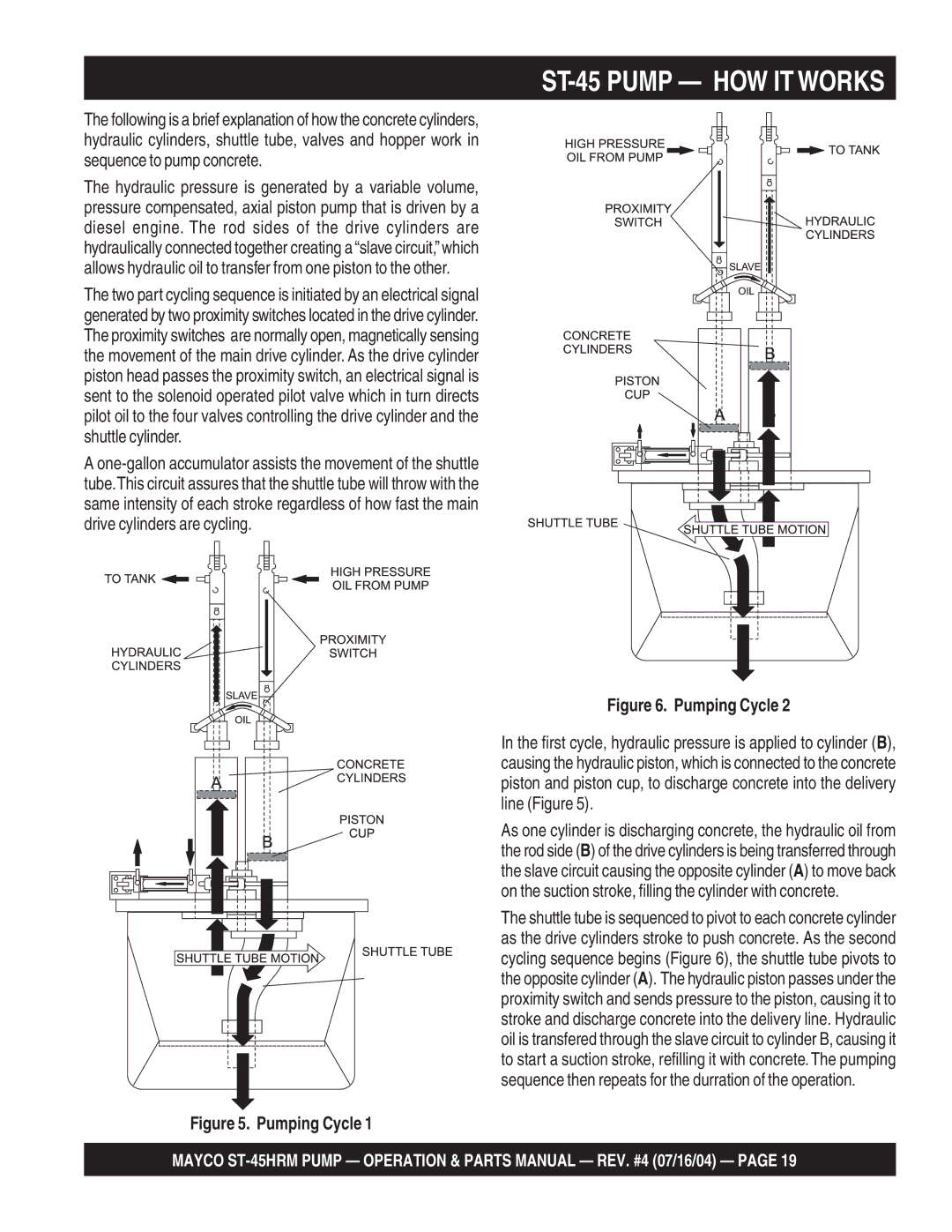ST-45HRM specifications
The Multiquip ST-45HRM is a highly versatile and robust soil compactor designed for various construction applications. With its advanced engineering and innovative technologies, it sets a new standard in the compaction equipment market. This model is particularly favored for its reliability, durability, and exceptional performance in both small-scale and large-scale projects.One of the standout features of the ST-45HRM is its powerful engine. Equipped with a high-performance, fuel-efficient diesel engine, it delivers ample power while ensuring reduced fuel consumption. This results in not only lower operational costs but also decreased environmental impact, aligning with today's sustainability goals.
The compactor's dual-directional capability allows for efficient operation in compacting various soil types. Whether tackling granular, cohesive, or mixed soils, the ST-45HRM adapts seamlessly, ensuring optimal performance. Furthermore, it features a unique vibratory system that maximizes compaction efficiency, enabling faster job completion and minimizing the number of passes required.
Operator comfort and safety are paramount in the design of the ST-45HRM. The machine is equipped with an ergonomic operating platform and intuitive controls, allowing for easy maneuverability even in tight spaces. The advanced vibration dampening technology significantly reduces operator fatigue, making long hours of operation more manageable.
Additionally, the ST-45HRM offers impressive maneuverability, thanks to its compact size and precise control. This is particularly beneficial for working in confined areas, such as urban construction sites where space is limited. Its robust construction ensures it can withstand the rigors of challenging job sites while maintaining performance.
Maintenance is made simple with the ST-45HRM. The design allows for easy access to key components, reducing downtime and enhancing productivity. Regular service intervals and the use of quality materials ensure the longevity of the machine, making it a smart investment for contractors looking for reliable and efficient compaction equipment.
In summary, the Multiquip ST-45HRM combines powerful performance, innovative technology, comfort, and ease of maintenance into a single, versatile package. It is an ideal choice for contractors seeking a dependable soil compactor to meet the demands of various construction projects. With its impressive features and capabilities, the ST-45HRM stands out as a leader in the field of soil compaction.

